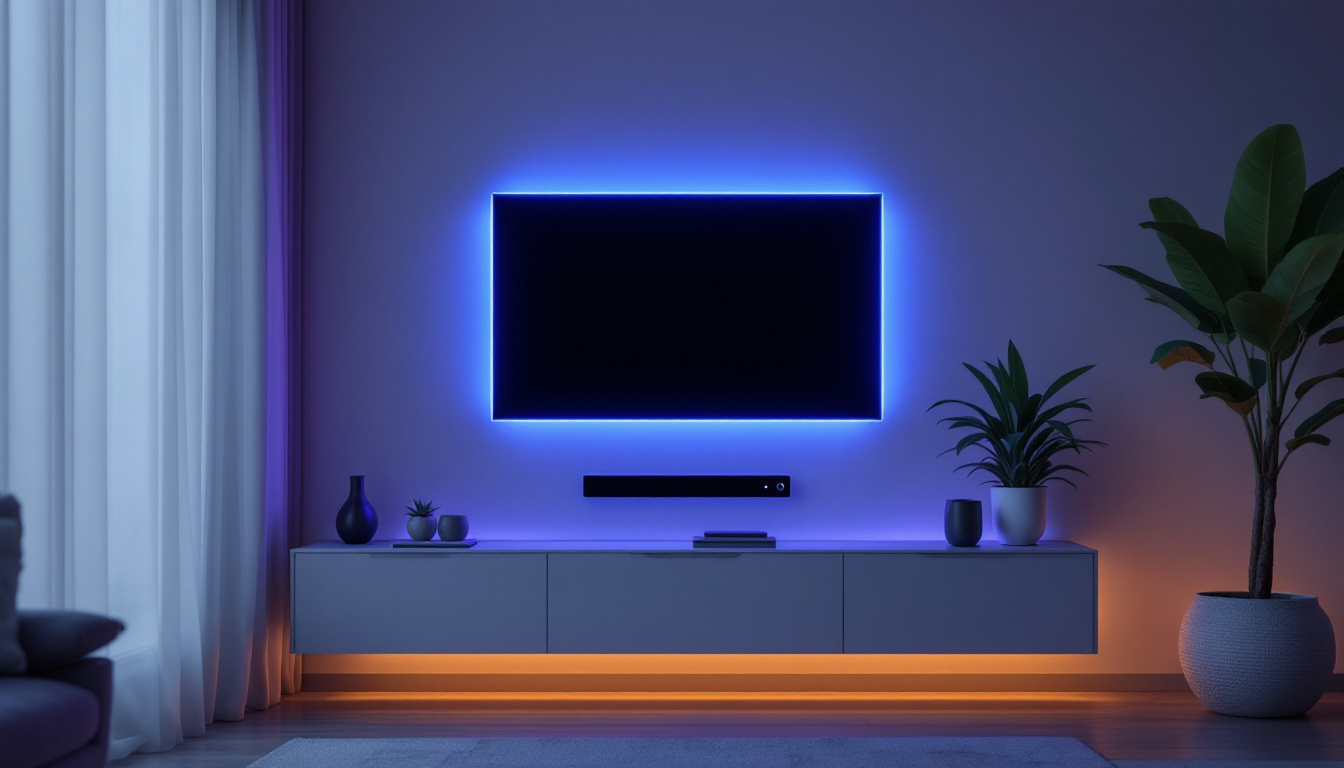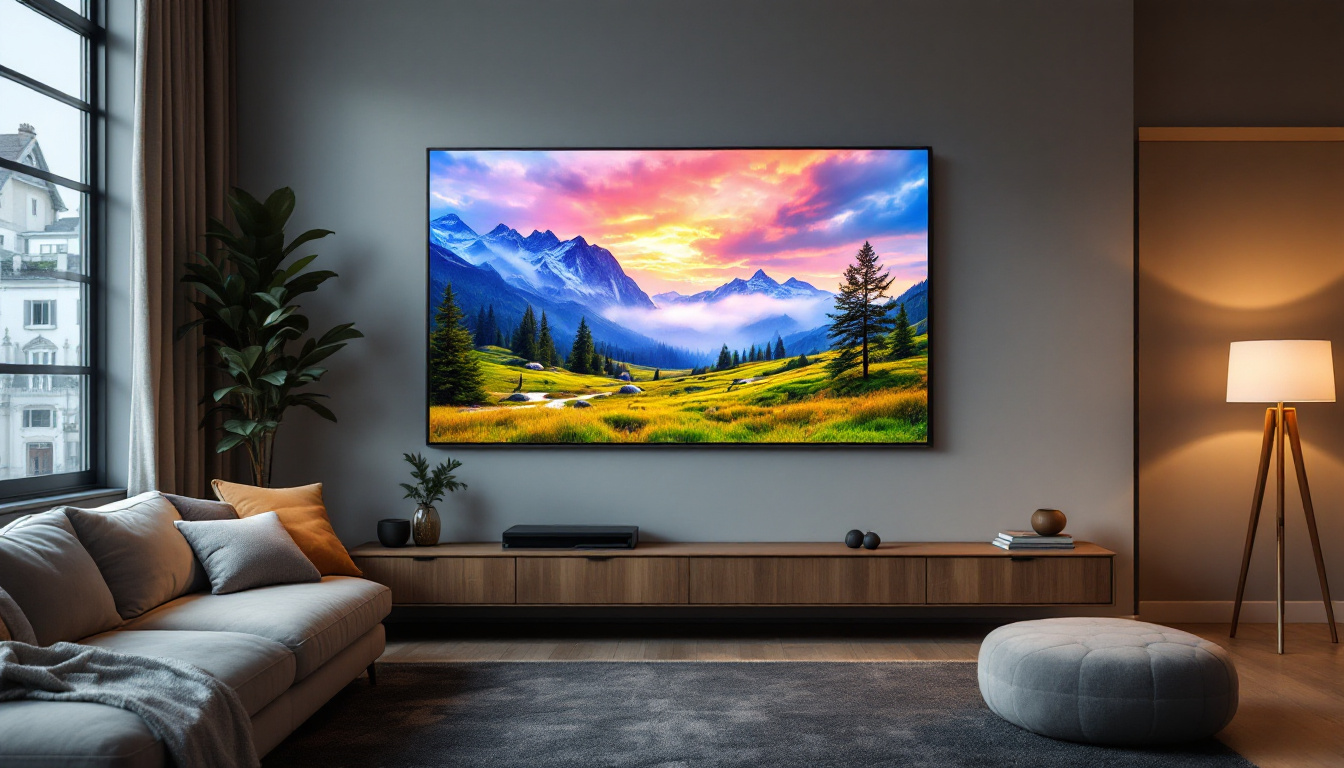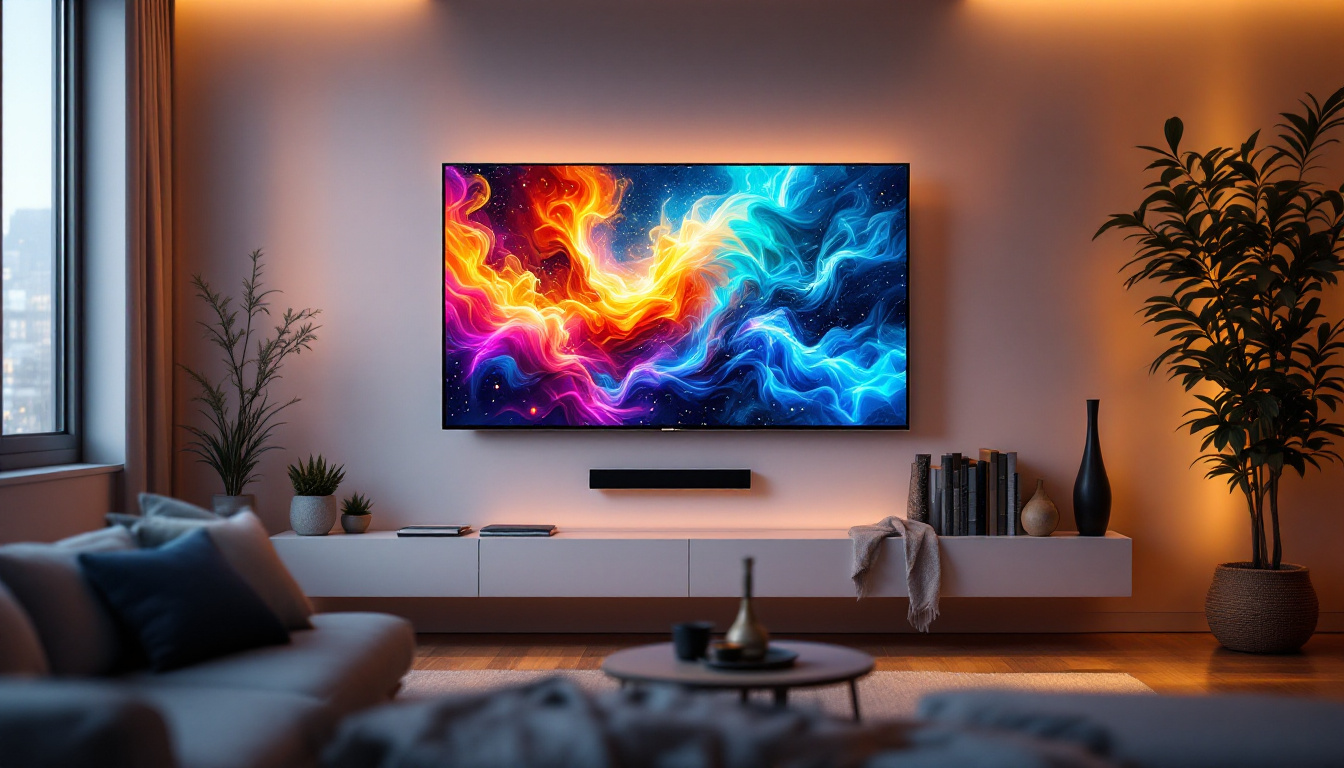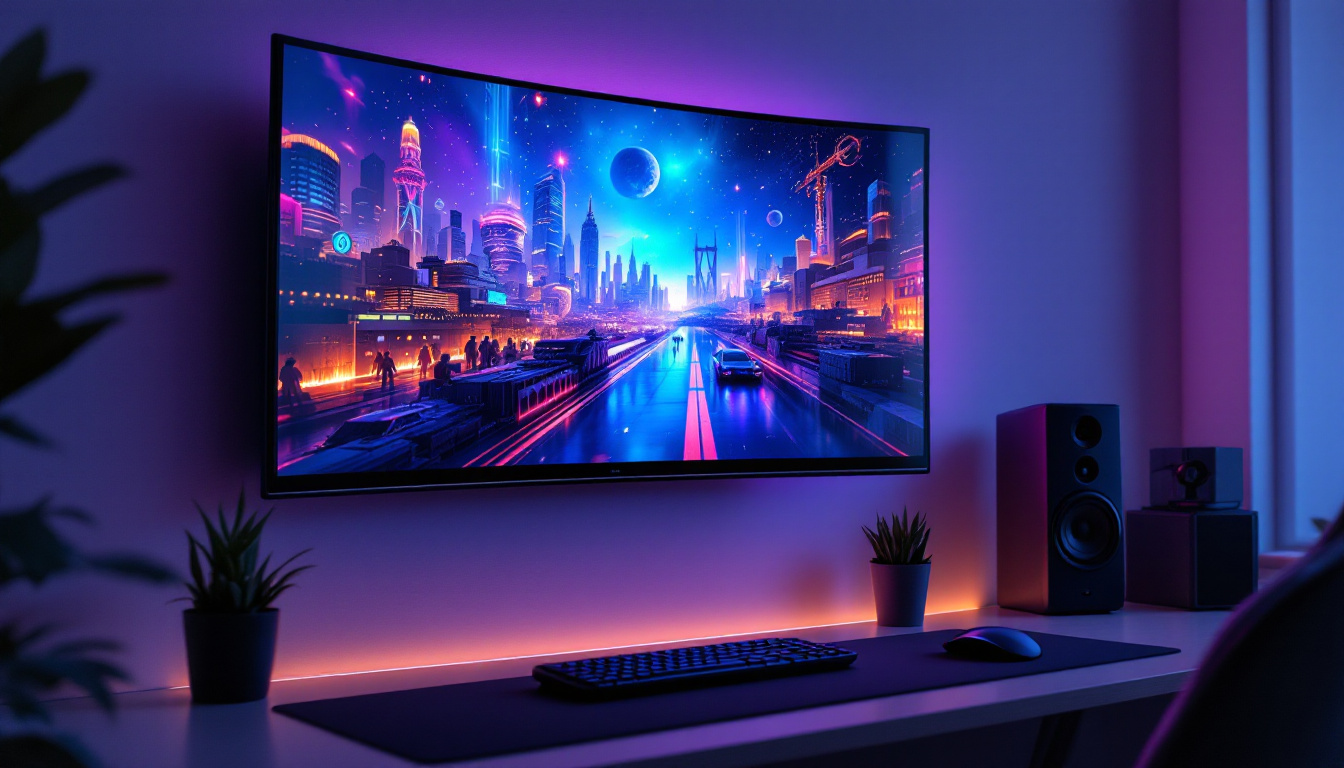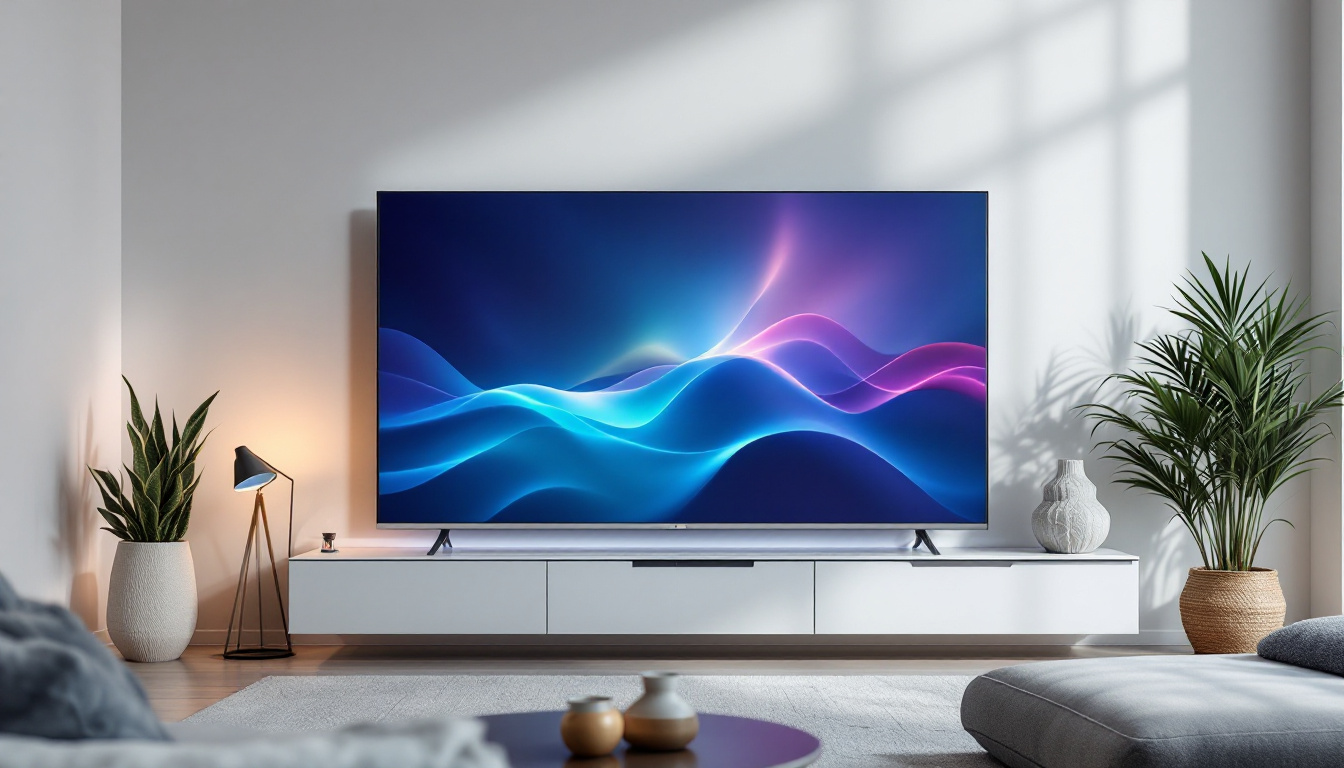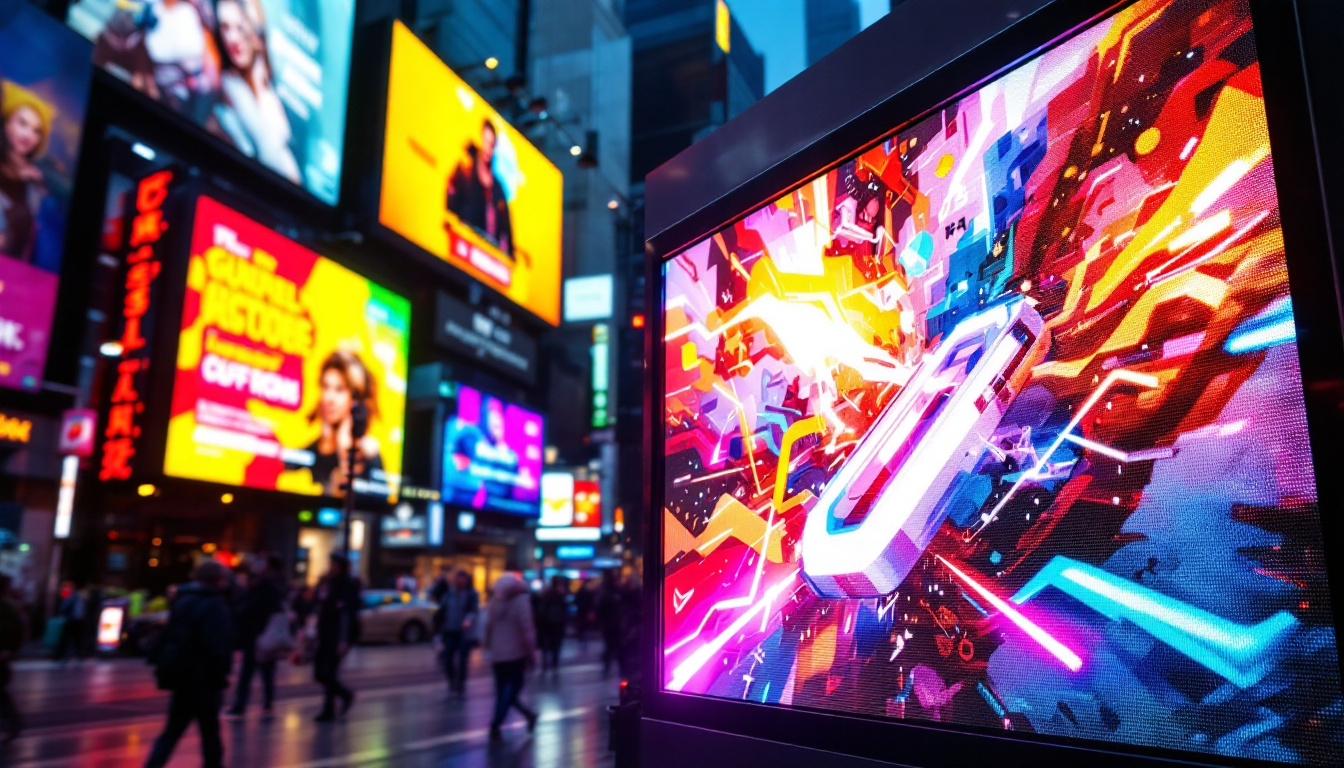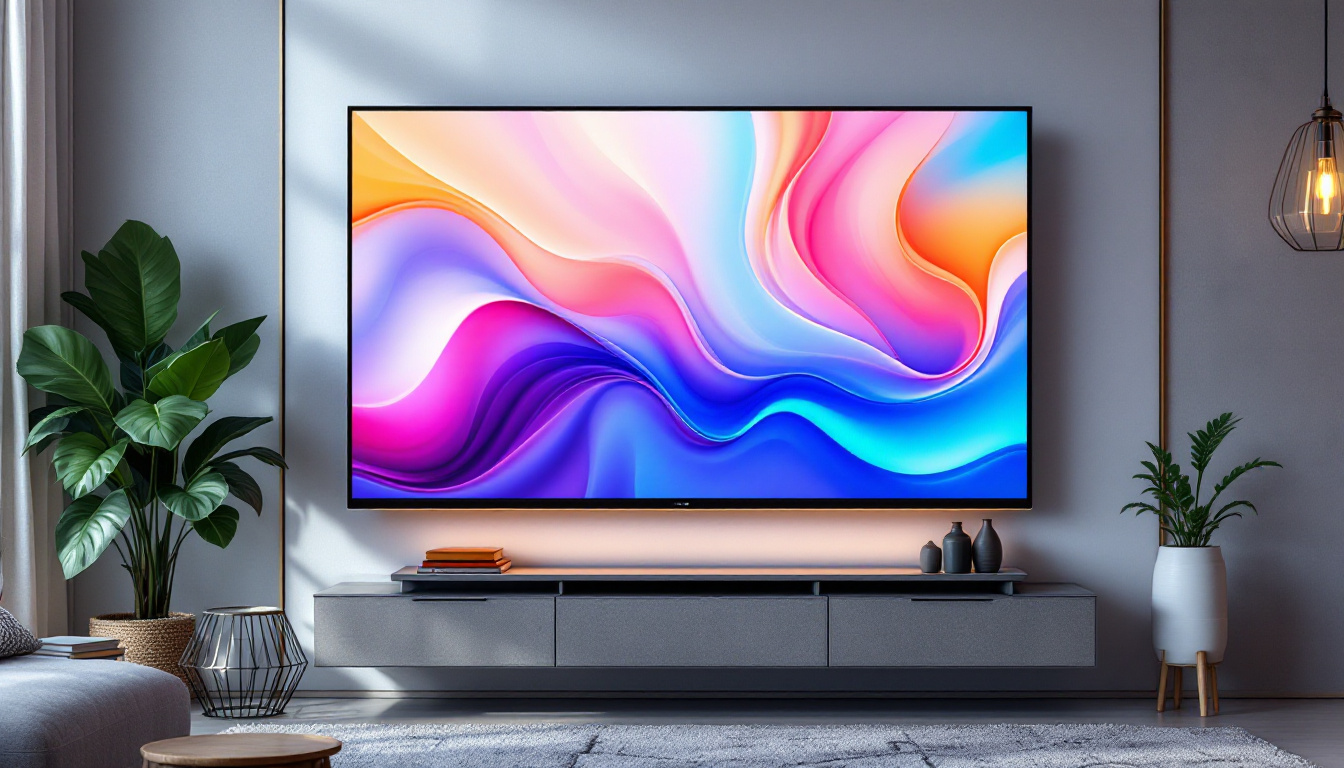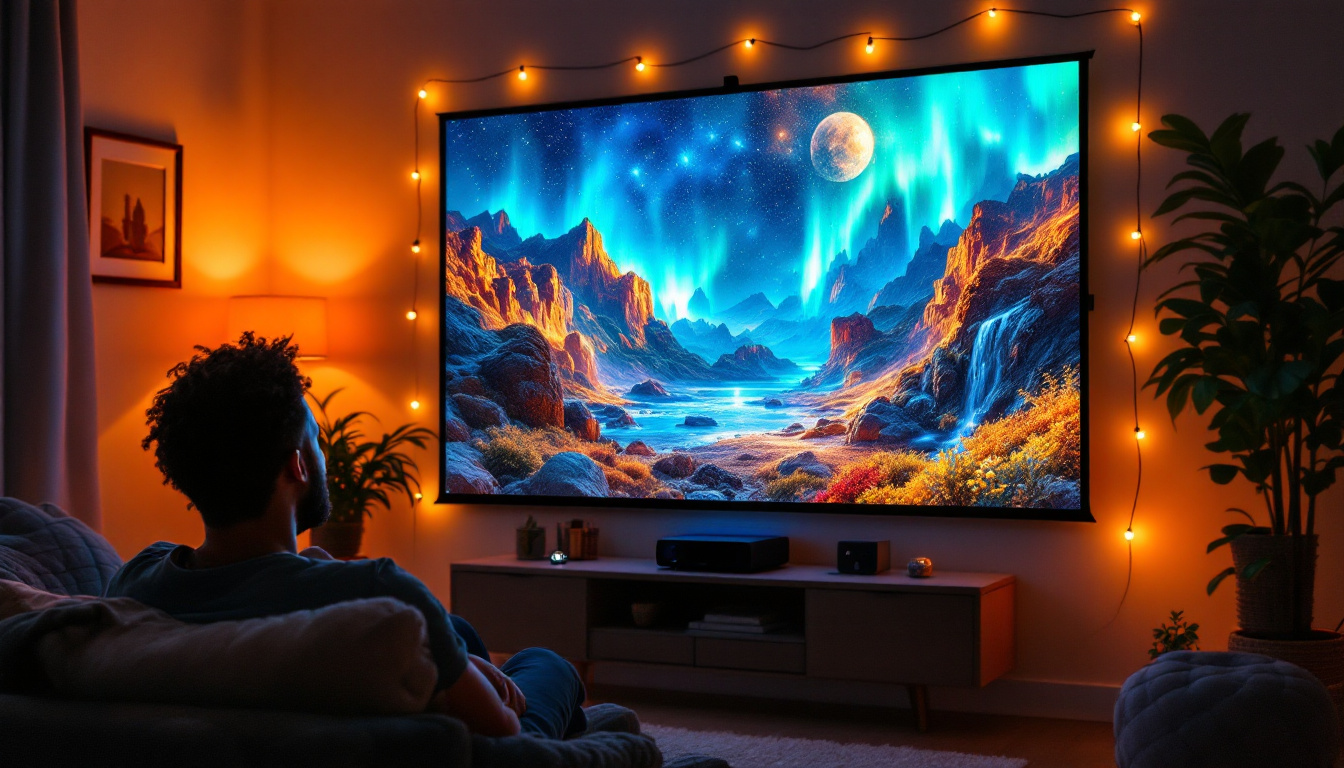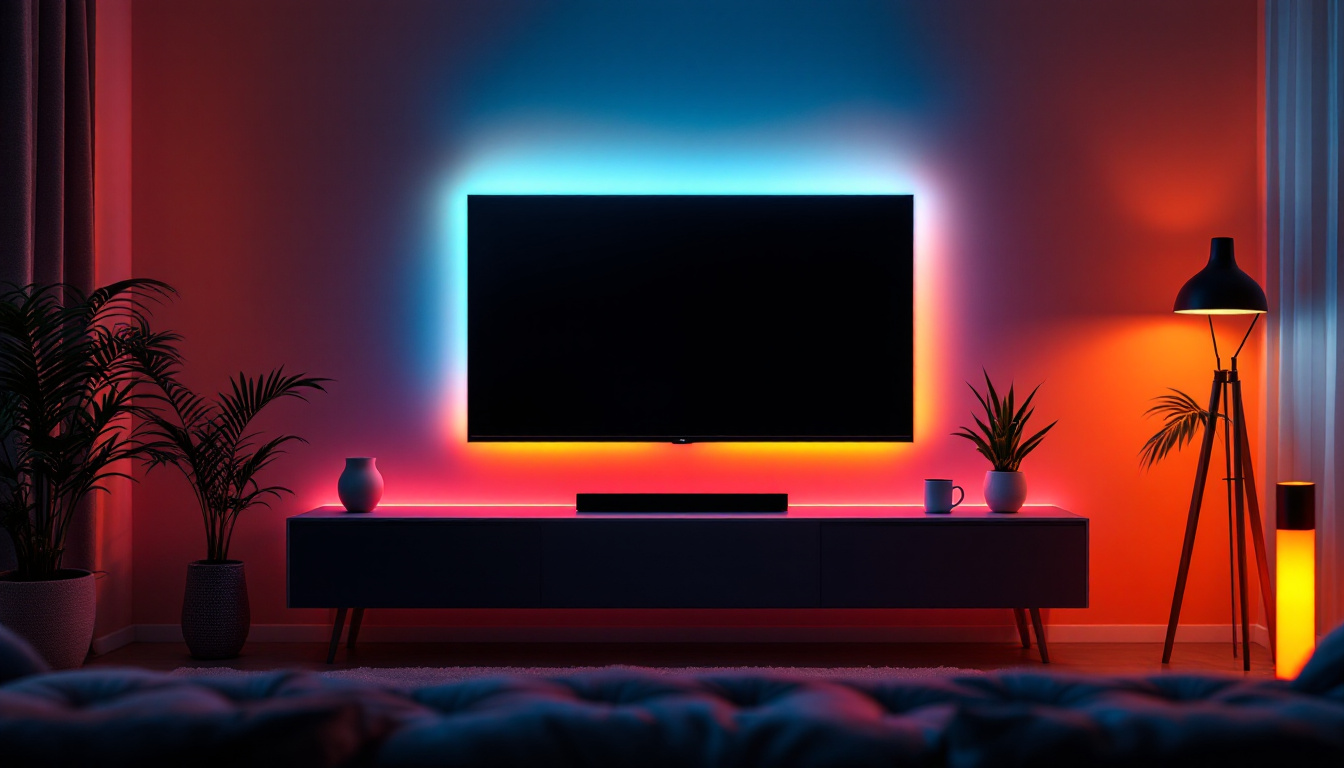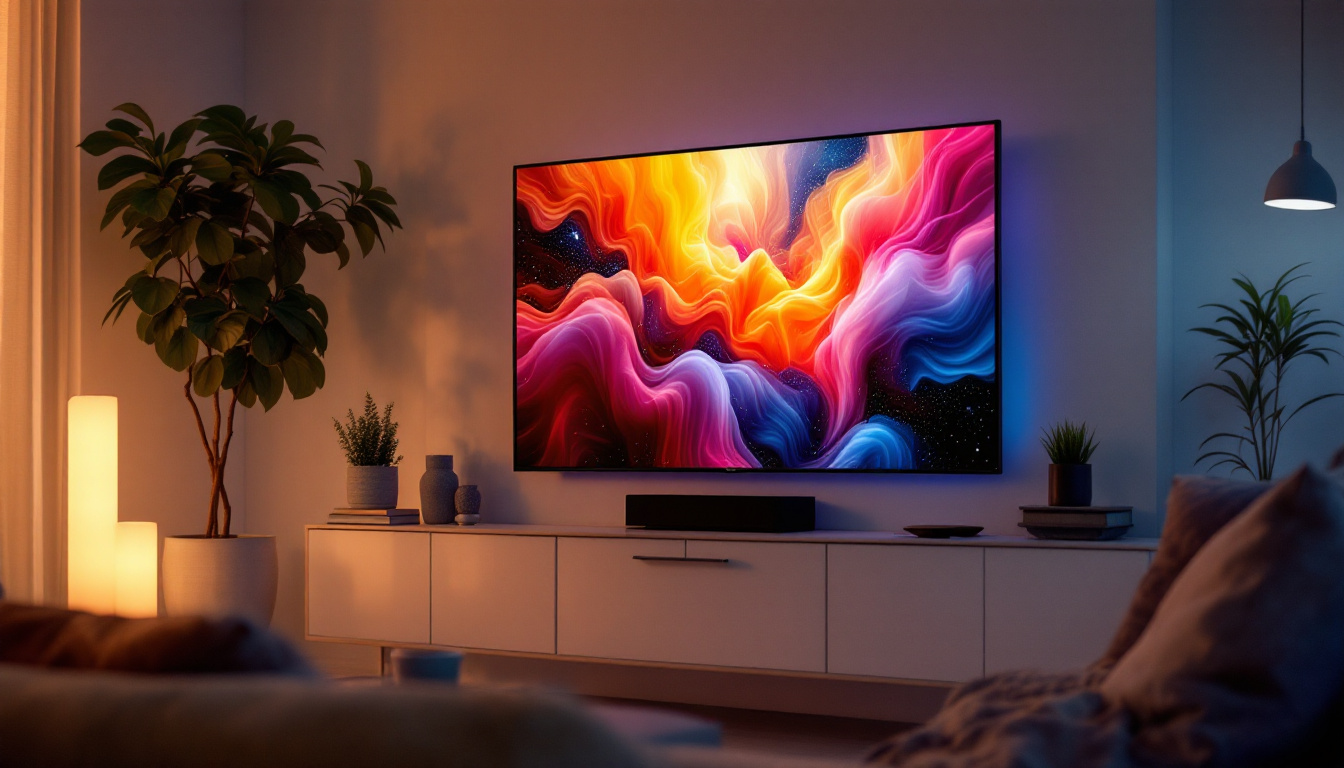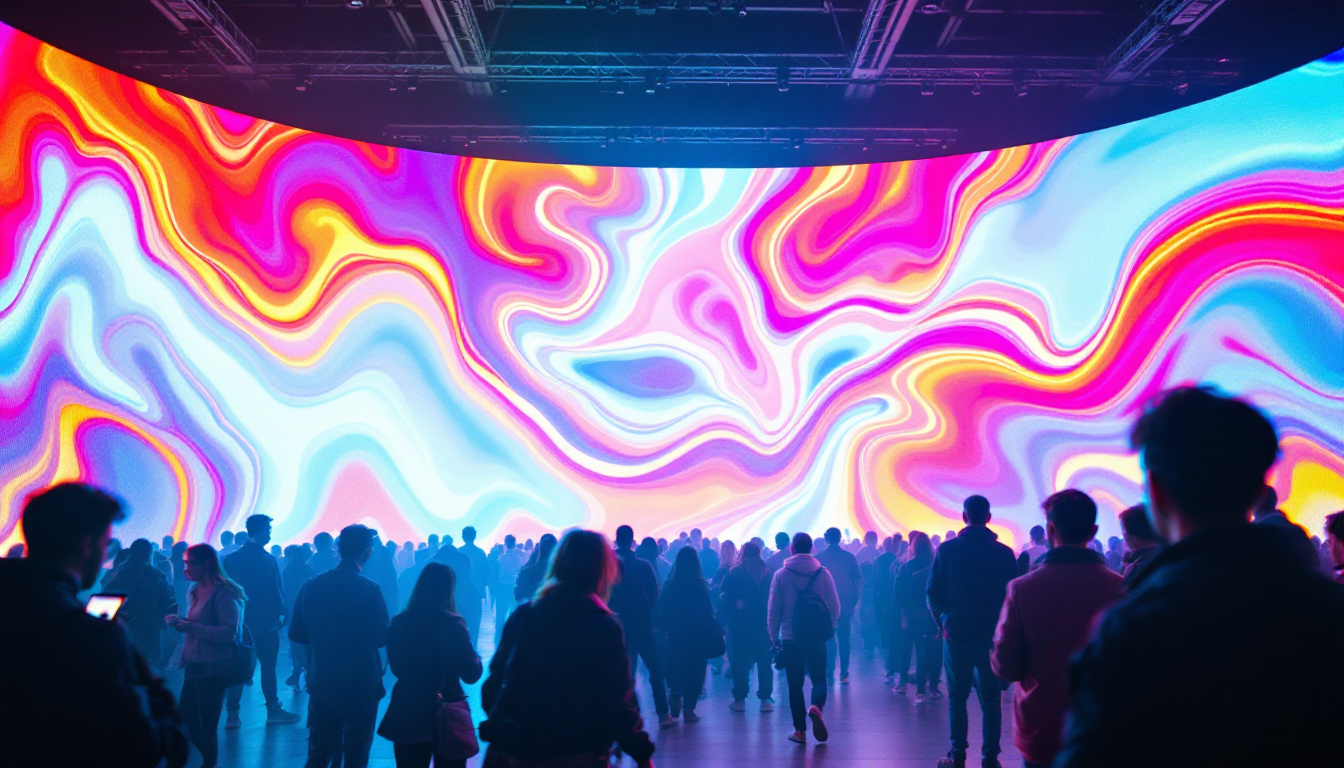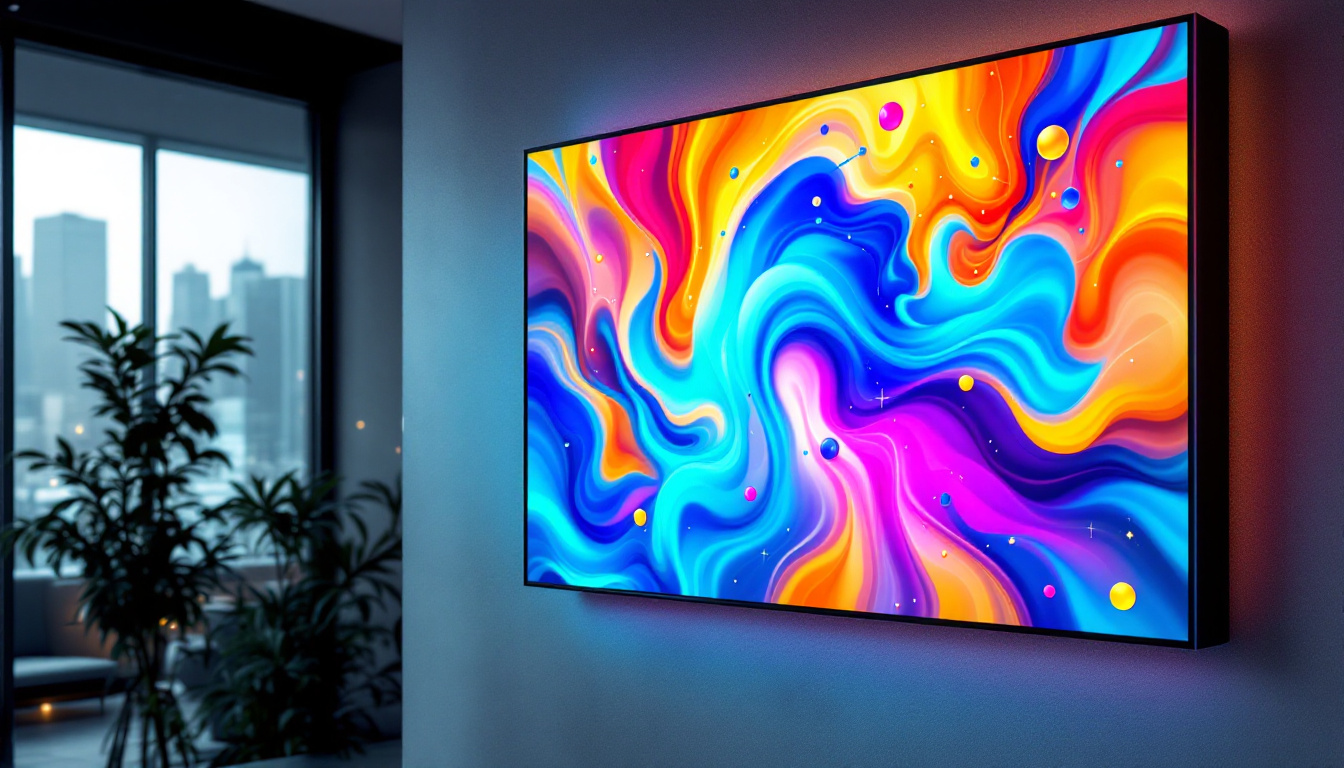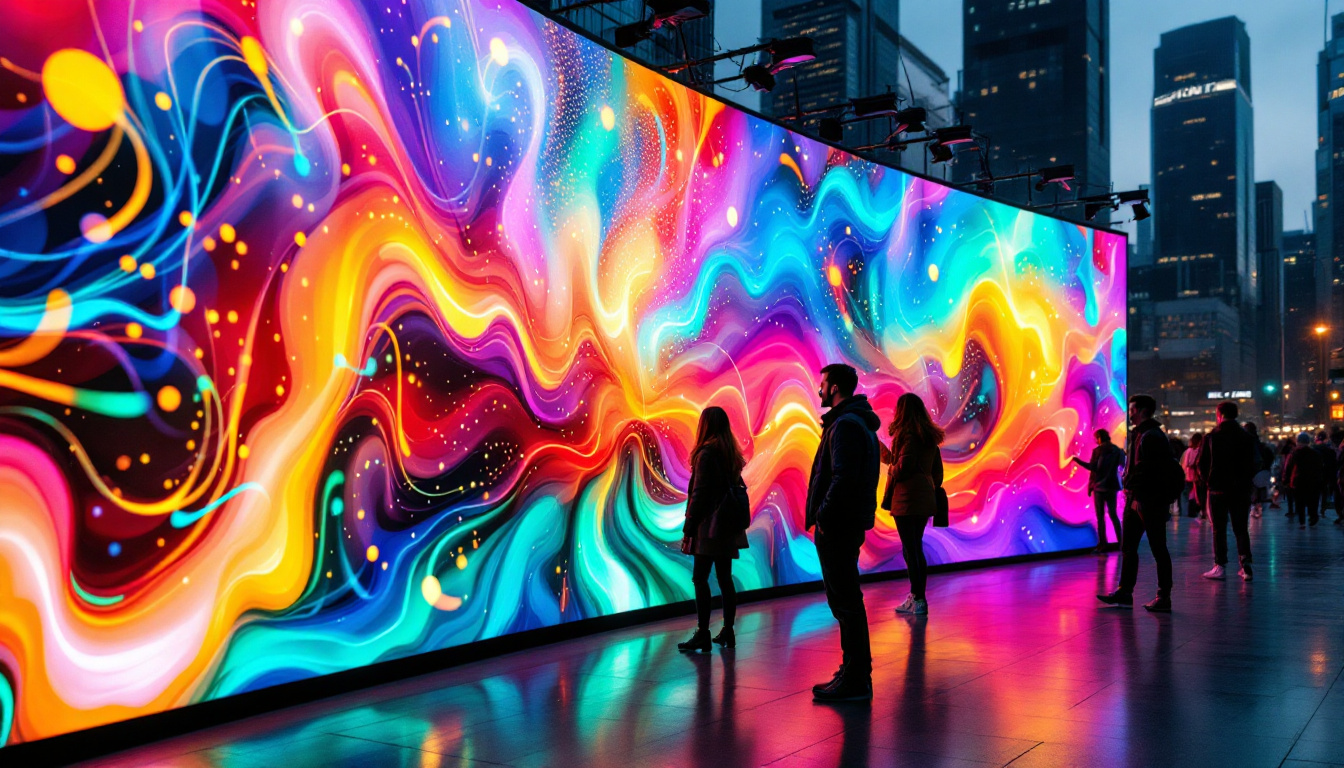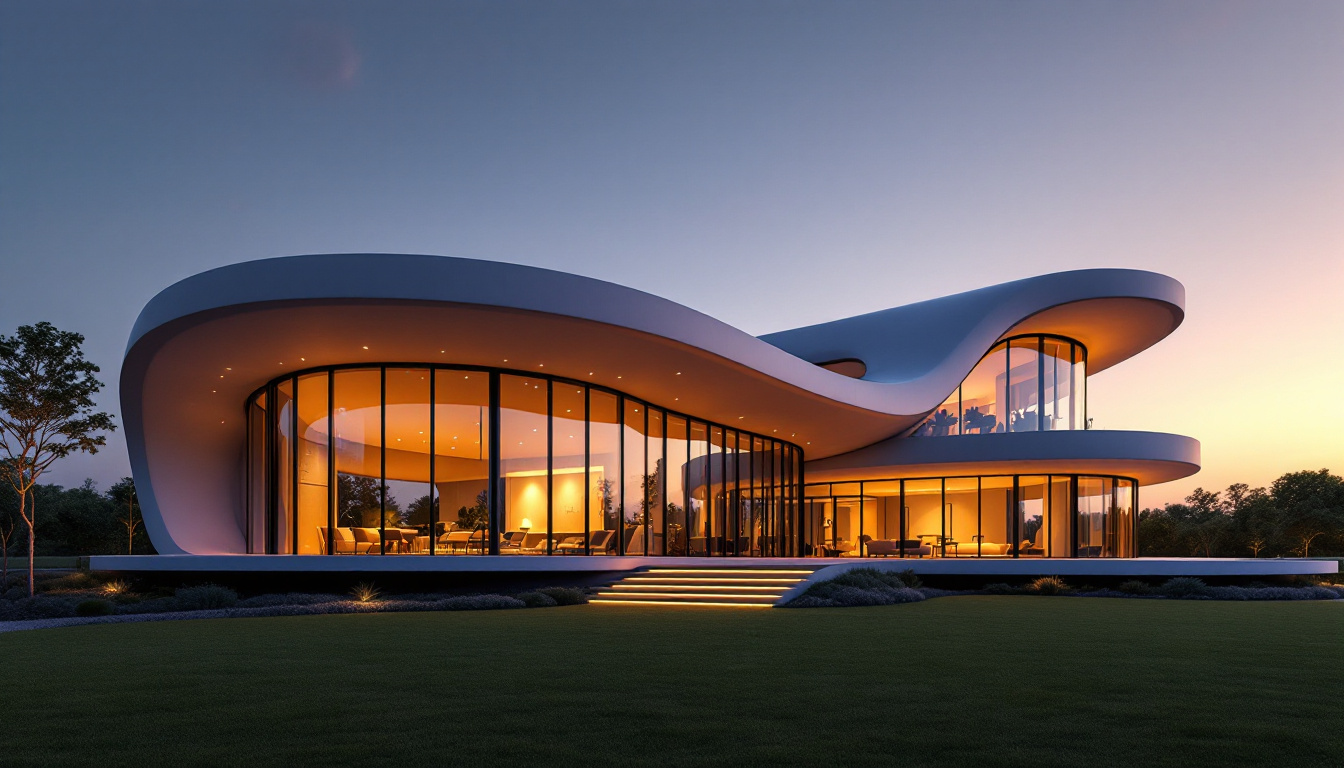In the world of modern television technology, LED displays have emerged as a dominant force, revolutionizing the way we experience visual content. From vibrant colors to energy efficiency, the advantages of LED technology are numerous. This article delves into the intricacies of LED displays, exploring their functionality, benefits, and the advancements that have shaped their evolution.
Understanding LED Technology
LED, or Light Emitting Diode, is a semiconductor device that emits light when an electric current passes through it. This technology has been harnessed in various applications, but its impact on display technology has been particularly profound. Unlike traditional LCD displays, which require a backlight, LED displays utilize individual light-emitting diodes to create images.
The Basics of LED Displays
LED displays can be categorized into two main types: direct-lit and edge-lit. Direct-lit LED displays feature a grid of LEDs placed directly behind the screen, providing uniform brightness and superior contrast. Edge-lit displays, on the other hand, have LEDs positioned around the edges of the screen, allowing for a thinner design but sometimes sacrificing uniformity in brightness.
Both types of LED displays use liquid crystal display (LCD) technology to produce images. The LEDs serve as the light source, illuminating the liquid crystals that create the final picture. This combination allows for thinner screens and improved energy efficiency compared to older technologies. Furthermore, LED technology has paved the way for innovations such as OLED (Organic Light Emitting Diode) displays, which offer even greater color accuracy and contrast ratios, enhancing the viewing experience significantly.
How LED Displays Work
At the core of an LED display is the concept of pixelation. Each pixel on the screen consists of sub-pixels—typically red, green, and blue (RGB)—that combine to produce a wide spectrum of colors. When an image is displayed, the LEDs corresponding to each pixel are activated to emit light at varying intensities, creating the desired colors and images.
The precision of this technology allows for high-definition images with remarkable clarity and detail. With advancements in pixel density, modern LED displays can achieve resolutions that were once thought impossible, making them ideal for everything from home entertainment systems to large-scale commercial displays. Additionally, the rapid refresh rates of LED technology contribute to smoother motion rendering, which is particularly beneficial for fast-paced video content, gaming, and sports broadcasts. As a result, consumers are increasingly drawn to LED displays for their vibrant colors and sharp images, fundamentally changing the landscape of visual media.
Advantages of LED Displays
LED displays offer numerous advantages over traditional display technologies, making them a popular choice for consumers and businesses alike. Understanding these benefits can help in making informed decisions when purchasing a new television or display system.
Superior Image Quality
One of the most significant advantages of LED displays is their superior image quality. The ability to produce deeper blacks and brighter whites results in a higher contrast ratio, enhancing the overall viewing experience. Colors appear more vibrant and true to life, making LED displays particularly appealing for watching movies, playing video games, or viewing high-resolution images.
Additionally, advancements in technology, such as local dimming, further enhance image quality. This feature allows specific areas of the screen to dim or brighten independently, improving contrast and detail in darker scenes.
Energy Efficiency
Energy efficiency is another compelling reason to choose LED displays. Compared to traditional LCD or plasma screens, LED displays consume significantly less power. This not only translates to lower electricity bills but also contributes to a reduced carbon footprint, making LED technology a more environmentally friendly option.
Furthermore, the longevity of LED displays is noteworthy. With a lifespan that often exceeds 50,000 hours, users can enjoy their investment for years without worrying about frequent replacements.
Thin and Lightweight Design
The design of LED displays is another area where they excel. Their thin and lightweight construction allows for easy mounting and placement in various environments. Whether it’s a sleek home theater setup or a large-scale public display, LED technology provides versatility in design without compromising performance.
This compactness also enables manufacturers to create larger screens without the bulkiness associated with older technologies, allowing for immersive viewing experiences in any setting.
Types of LED Displays
LED technology has evolved to include various types of displays, each with its own unique features and applications. Understanding these types can help consumers choose the right display for their needs.
Standard LED Displays
Standard LED displays are the most common type found in consumer televisions. They utilize a combination of RGB sub-pixels to create images and are available in various sizes and resolutions. These displays are ideal for everyday use, offering a balance of performance and affordability.
OLED Displays
Organic Light Emitting Diode (OLED) displays represent a significant advancement in LED technology. Unlike standard LED displays, OLED panels emit light from each individual pixel, allowing for true blacks and unparalleled contrast ratios. This technology is particularly favored by enthusiasts for its stunning visuals and color accuracy.
However, OLED displays tend to be more expensive than standard LED options, which may limit their accessibility for some consumers. Despite the higher price point, the visual experience they provide is often considered worth the investment.
QLED Displays
Quantum Dot LED (QLED) displays are another innovative type of LED technology. These displays utilize quantum dots to enhance color accuracy and brightness. QLED displays are known for their vibrant colors and high brightness levels, making them suitable for well-lit environments.
While QLED displays offer impressive performance, they still rely on a backlight, which means they may not achieve the same level of contrast as OLED displays. Nonetheless, they provide a compelling option for those seeking a balance between performance and cost.
Choosing the Right LED Display
When selecting an LED display, several factors should be considered to ensure the best fit for individual needs. Understanding these factors can help consumers make informed decisions that align with their preferences and requirements.
Screen Size and Resolution
The screen size and resolution are critical aspects to consider. Larger screens can enhance the viewing experience, especially for movies and gaming. However, the ideal size depends on the viewing distance and the space available in the room.
Resolution is equally important, with options ranging from Full HD (1080p) to 4K and even 8K. Higher resolutions provide more detail and clarity, particularly on larger screens. Consumers should assess their viewing habits and choose a resolution that complements their needs.
Viewing Environment
The viewing environment plays a significant role in display performance. For instance, bright rooms may benefit from displays with higher brightness levels, such as QLED technology. Conversely, darker environments may allow for the advantages of OLED displays, which excel in contrast and color depth.
Additionally, factors such as glare and reflection should be considered. Anti-glare coatings and matte finishes can help reduce reflections, enhancing the viewing experience in various lighting conditions.
Budget Considerations
Budget is a crucial factor when choosing an LED display. While high-end models offer exceptional performance, they may not be feasible for every consumer. It’s essential to find a balance between desired features and budget constraints.
Researching different brands and models can help identify options that provide the best value for money. Additionally, considering future needs and potential upgrades can guide consumers toward a more informed purchase.
Future of LED Display Technology
The future of LED display technology looks promising, with ongoing research and development paving the way for even more advanced features and capabilities. As technology continues to evolve, consumers can expect to see significant improvements in performance and functionality.
MicroLED Technology
MicroLED is an emerging technology that promises to revolutionize display quality. MicroLED displays consist of tiny individual LEDs that can be controlled independently, offering exceptional contrast and color accuracy. This technology has the potential to combine the best features of both OLED and traditional LED displays, providing an unparalleled viewing experience.
While still in its infancy, MicroLED technology is being explored for various applications, from televisions to large-scale commercial displays. As production methods improve and costs decrease, MicroLED displays may become a mainstream option in the near future.
Advancements in Smart Features
As televisions become increasingly integrated with smart technology, LED displays are also evolving to include advanced features. Smart TVs now offer built-in streaming services, voice control, and enhanced connectivity options, making it easier than ever to access content.
Future developments may include improved artificial intelligence capabilities, allowing for personalized viewing experiences and enhanced user interfaces. These advancements will further enhance the appeal of LED displays in the ever-competitive market.
Environmental Considerations
As consumers become more environmentally conscious, manufacturers are focusing on creating sustainable LED displays. This includes using eco-friendly materials and reducing energy consumption. The future may see a greater emphasis on recycling and responsible disposal of electronic devices, contributing to a more sustainable industry.
Conclusion
LED displays have transformed the landscape of visual technology, offering superior image quality, energy efficiency, and versatility. With various types available, consumers can find the perfect display to suit their needs, whether for home entertainment or commercial applications.
As technology continues to advance, the future of LED displays looks bright, with innovations such as MicroLED and enhanced smart features on the horizon. Understanding the intricacies of LED technology can empower consumers to make informed choices, ensuring they enjoy the best possible viewing experience for years to come.
In a world where visual content is more prevalent than ever, investing in a quality LED display is not just a purchase; it’s an investment in the future of entertainment and information. Embracing this technology opens the door to a world of vibrant colors, stunning detail, and immersive experiences that enhance everyday life.
Discover the Future of LED Displays with LumenMatrix
Ready to elevate your visual experience with the latest in LED display technology? Look no further than LumenMatrix, where innovation meets excellence. From the immersive Indoor LED Wall Display to the dynamic Outdoor LED Wall Display, and from the versatile Vehicle LED Display to the sleek LED Poster Display, our solutions are designed to captivate and engage. Whether you’re in the market for an LED Sports Display, Floor LED Display, Custom LED Display, All-in-One LED Display, or LED Transparent Display, LumenMatrix has you covered. Embrace the future of vibrant colors and stunning detail. Check out LumenMatrix LED Display Solutions today and transform your space into a hub of visual innovation.


